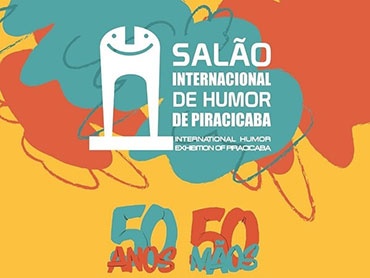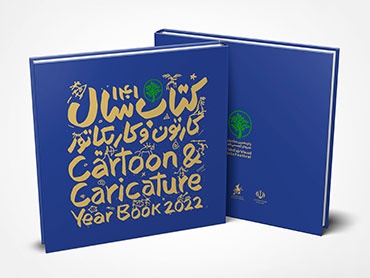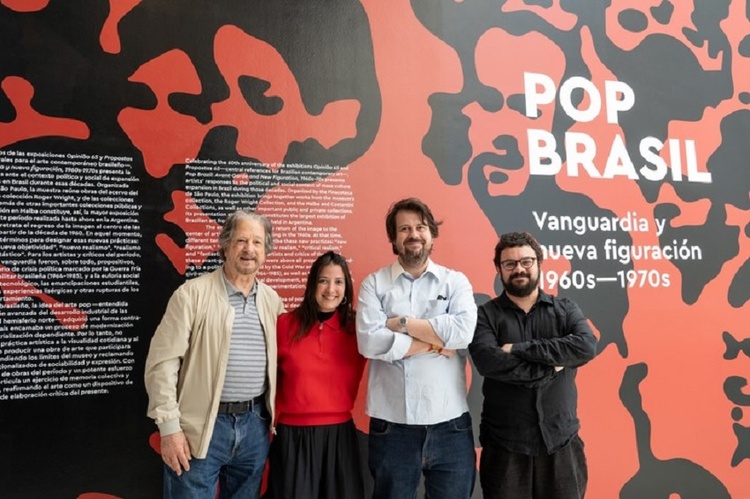
120 Works by 50 Brazilian Artists
'Pop Brazil' at Malba: Art, Dictatorship, and Modernization in an Unmissable Exhibition
The exhibition brings together 120 works by 50 Brazilian artists who marked an era of intense cultural effervescence.
Curated by Yuri Quevedo and Pollyana Quintela, it examines the intersections between art, politics, and popular culture during the military dictatorship.
The exhibition allows visitors to rediscover the visual and critical power of a generation that transformed the history of art in Latin America. Malba opens two exhibitions this week featuring international artists whose work resonates in Argentina from different perspectives. Following its run at the Pinacoteca de São Paulo, the exhibition 'Pop Brazil: Avant-garde and New Figuration, 1960s-70s' arrives at the Museum of Latin American Art, offering an updated panoramic view of one of the most productive periods in Brazilian art.

The exhibition, curated by Yuri Quevedo and Pollyana Quintela of the Pinacoteca, reflects the politically charged artistic practices developed in Brazil during two decades marked by rapid economic and industrial modernization, but also by political repression under the military dictatorship that ruled the country from 1964 to 1985. The exhibition, which opens this Thursday at 7 p.m., will run until February 2, 2026.
It features 120 works by 50 key artists of that era, who validated mass media, political graphics, and conceptual art to amplify their critical voices through the language of popular culture.
It includes 120 works by 50 artists who were pivotal figures of that period and who validated mass media, political graphics, and conceptual art to make their critical voices heard through the language of popular culture. In the introductory text by Rodrigo Moura, artistic director of Malba, and Jochen Volz, director general of the Pinacoteca de São Paulo, it is specifically mentioned that the exhibition not only revisits the labels of “pop” and “political” in the art of the 1960s and 70s, but also seeks to “complicate the aesthetic and discursive strategies of a generation that responded to its context without abandoning formal experimentation.”
This is evident throughout the exhibition, which includes works from the Roger Wright collection—one of the most important in Brazil dedicated to those decades—as well as from Malba and Costantini. It features works by Anna Bella Geiger, Antônio Dias, Claudio Tozzi, Augusto de Campos, Gerty Sarué, Hélio Oiticica, Mira Schendel, Rubens Gerchman, Wanda Pimentel, and Wesley Duke Lee, among other relevant artists of that period.
It is true that there are resonances rooted in the local context, but it will be the visitor who discovers them, bearing in mind that some works will be recognizable, whether due to the figures involved or the figurative style itself, which was also part of a certain era in Argentina.
The exhibition aims to explore affinities and divergences within this Brazilian cartography, which, examined in light of the present, transcends its role as a historical archive to provide elements that allow us to examine contemporary culture.
Avant-gardes of the Past
The 1960s and 70s did not end in those decades in Brazil. Over time, they became the avant-garde of contemporary art, acquired market value, and were integrated into important collections.
Yuri Quevedo, speaking in understandable "Portuñol" (a mix of Portuguese and Spanish), defines the exhibition at the Malba as a celebration of the 120th anniversary of the Pinacoteca de São Paulo, which has always collected contemporary art. He also noted that the other tribute commemorates the 60th anniversary of the Opinião 65 and Propostas 65 exhibitions, two pivotal events in the Brazilian art scene.
Read more
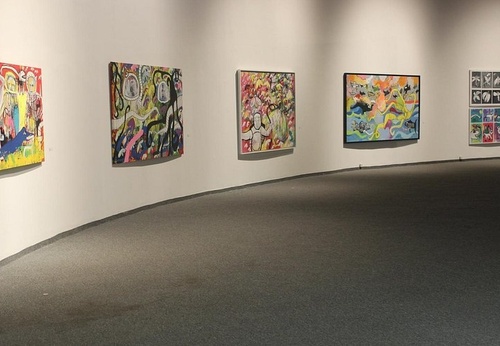
- December 21, 2025
Contemporary Art and New Visual Narratives in the 21st Century
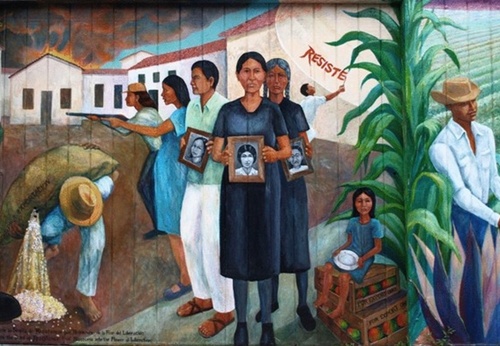
- December 21, 2025
Latin American Visual Art as a Space of Memory and Resistance

- December 21, 2025
Gallery of Illustration by Júlia Albertin – Brazil

- December 21, 2025
HOPE Award winning 3D animated Short Movie
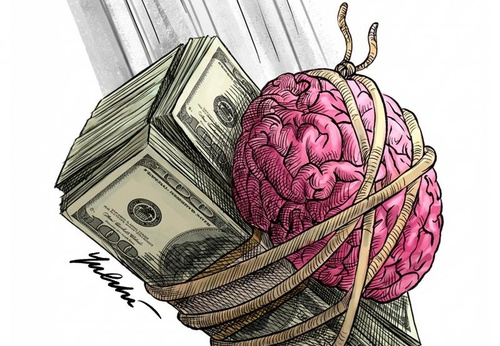
- December 21, 2025
Connected consciousness

- December 21, 2025
The Art of Brave by Jenny Lerew
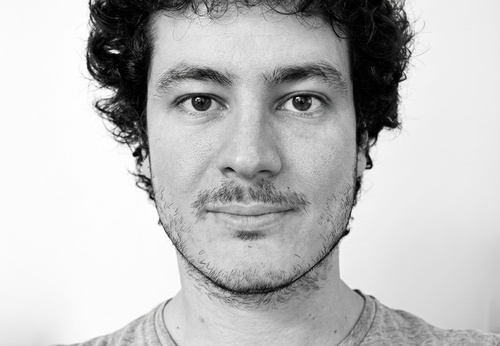
- December 21, 2025
Thiago Lacaz - Brazil
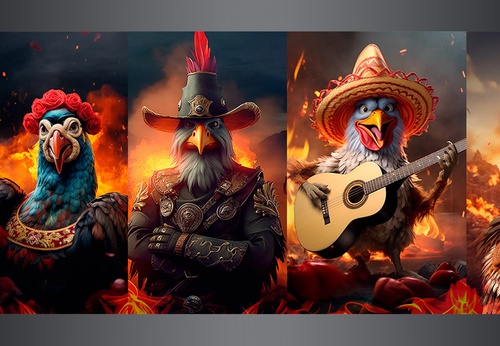
- December 20, 2025
Daniel Galvão: Advertising Graphic Design & Branding Gallery – Brazil
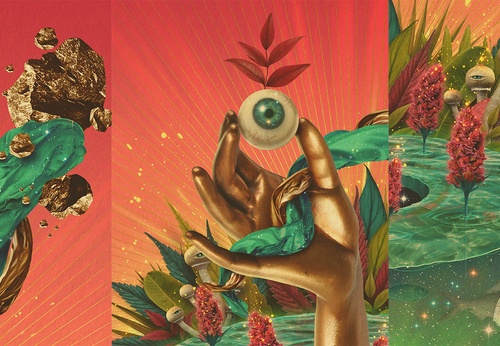
- December 20, 2025
Gallery of Graphic Design & Illustration Artworks by Ju Sting – Brazil

- December 20, 2025
Costantini Acquires the Daros Collectio…

- December 17, 2025
ARCOmadrid Announces Participating Gall…

- December 17, 2025
Eduardo Costantini Acquired a Collectio…

- December 15, 2025
From Chile to Gaza: «Palestine Cries,»

- December 15, 2025
Latin American Artists MACLA and Montal…

- December 15, 2025
The Houston Museum That Doubled in Size…

- December 14, 2025
Brazilian Artist's Exhibitions at the V…

- December 13, 2025
Art for Gaza

- December 10, 2025
Pinta Miami 2025 Reaffirms the Strength…

- December 09, 2025
“GENOCIDE” Exhibition and Controversy O…

- December 09, 2025
Indigo Celebrates its 21st Anniversary …

- December 07, 2025
7 Art and Culture Recommendations for T…

- December 07, 2025
Why is Frida Kahlo the woman with the m…

- December 06, 2025
Argentine Art Makes a Grand Entrance at…

- December 06, 2025
Pinta Miami Highlights Sustainable Lati…

- December 04, 2025
Pinta Miami 2025: Epicenter of Contempo…

- December 03, 2025
Pinta Miami Boosts Latin American Art

- December 02, 2025
Exhibition “Unspeakable Gestures,” by A…

- December 02, 2025
Malba: “Pop Brasil” is an essential exh…

- December 01, 2025
Key Fair for Contemporary Latin America…

- October 08, 2023
Illustrations reflect the brutal Israel…

- December 25, 2023
The jury statement of the Iran-Brazil F…

- March 21, 2024
The history of art in Palestine

- July 29, 2023
History of Caricature in Brazil

- May 22, 2025
Brady Izquierdo’s Personal Exhibition O…

- September 01, 2023
Neural Filters in new photoshop 2023

- April 20, 2024
Poignant Image of Grief Wins Mohammed S…

- October 21, 2023
Erick Meyenberg and Tania Ragasol at th…

- June 29, 2024
Exhibition at Centro MariAntonia contra…

- May 15, 2024
Eleven murals for Gaza painted across t…

- February 18, 2024
7 Ways to Understand What Visual Arts A…

- March 14, 2024
museum of statue of van gogh

- May 25, 2025
Bordalo II to hold exhibition in Paris …

- March 15, 2024
museum of sculpture of Salvador Dali

- May 20, 2024
Latin American Festival of Performing A…

- March 30, 2024
illustration websites in Latin America

- August 09, 2023
Venezuela mural expresses solidarity wi…

- July 30, 2024
The artist from San Luis Mirta Celi rep…

- May 27, 2025
Works by Botero, Grau, and 80 other imp…

- January 23, 2025
Art Palm Beach 2025

- May 15, 2024
Eleven murals for Gaza painted across t…

- February 18, 2024
7 Ways to Understand What Visual Arts A…

- January 02, 2025
13 commemorations that will mark the cu…

- October 17, 2023
The influence of Latin American artists…

- February 03, 2024
THE HISTORY OF NAIF ART

- July 02, 2024
One of the largest urban art galleries …

- November 17, 2023
Fernando Botero's work is booming after…

- October 08, 2023
Illustrations reflect the brutal Israel…

- July 29, 2023
Piracicaba International Humor Exhibiti…

- December 25, 2023
The jury statement of the Iran-Brazil F…

- November 06, 2023
Heba Zagout: Palestinian artist murdere…

- December 10, 2023
Sliman Mansour and Palestinian art on t…

- March 14, 2024
museum of statue of van gogh

- February 01, 2025
A maior exposição de Botero em Barcelona

- March 21, 2024
The history of art in Palestine

- July 20, 2024
First International Mail Art Biennial 2…

- April 20, 2024
Poignant Image of Grief Wins Mohammed S…

- October 30, 2023
Palestinian turns images of the Gaza co…

- September 01, 2023
Neural Filters in new photoshop 2023

- February 08, 2024

